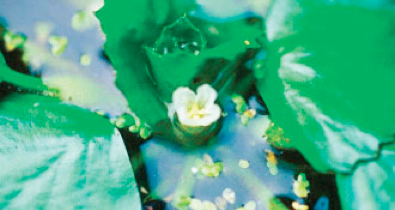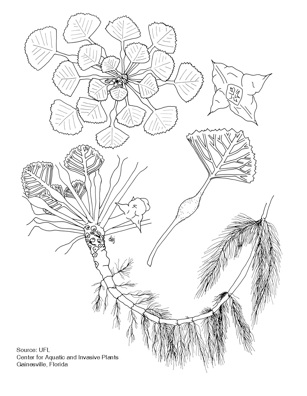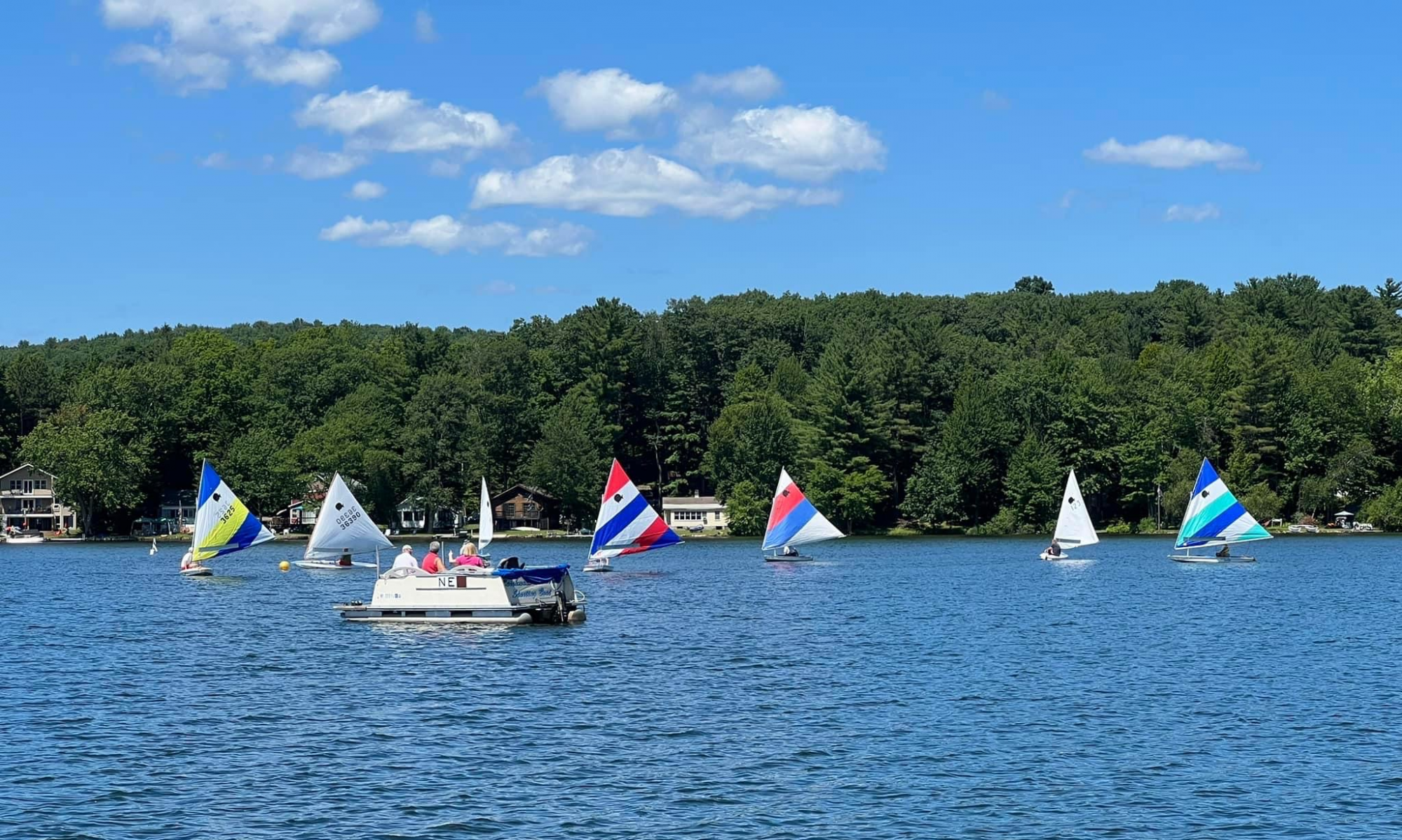The GLCA Lake Preservation Committee has been advised by the Darrin Fresh Water Institute that a small colony of Water Chestnut was discovered during the 2009 lake-wide weed survey. The plants were found in the Northwest corner of the lake. The Darrin research team removed all plants that were discovered, via hand harvesting. Adjacent landowners have been notified and will aid in observing the area to make sure the Water Chestnut does not return. The Lake Preservation Committee will continue to monitor this and the rest of the lake to ensure Water Chestnut does not gain a foothold within Galway Lake.

This finding as well as all others noted during the Darrin study will be provided to the GLCA within their final report. We expect this report to be submitted to the GLCA Board in January 2010.
The following is an overview of Water Chestnut as provided by the New York State Department of Environmental Conservation:
Water Chestnut – Native to Europe, Asia, and Africa, water chestnut is an annual aquatic plant with a long flexible stem that can reach 12 to 15 feet in length. On the water’s surface, the plant contains a circular cluster of sawtoothed-edged, triangular floating leaves that are connected to an inflated petiole (bladder), which provides added buoyancy. Feather-like leaves can be found along the long-submerged stem. The fruit is a nut with four 1/2-inch, barbed spines that can cause a painful wound if stepped on. Seeds can remain viable for up to 12 years. Water chestnuts can be spread from the rosette and fruits detaching from the stem and floating to another area, or by fruits clinging to objects, birds, and other animals.

